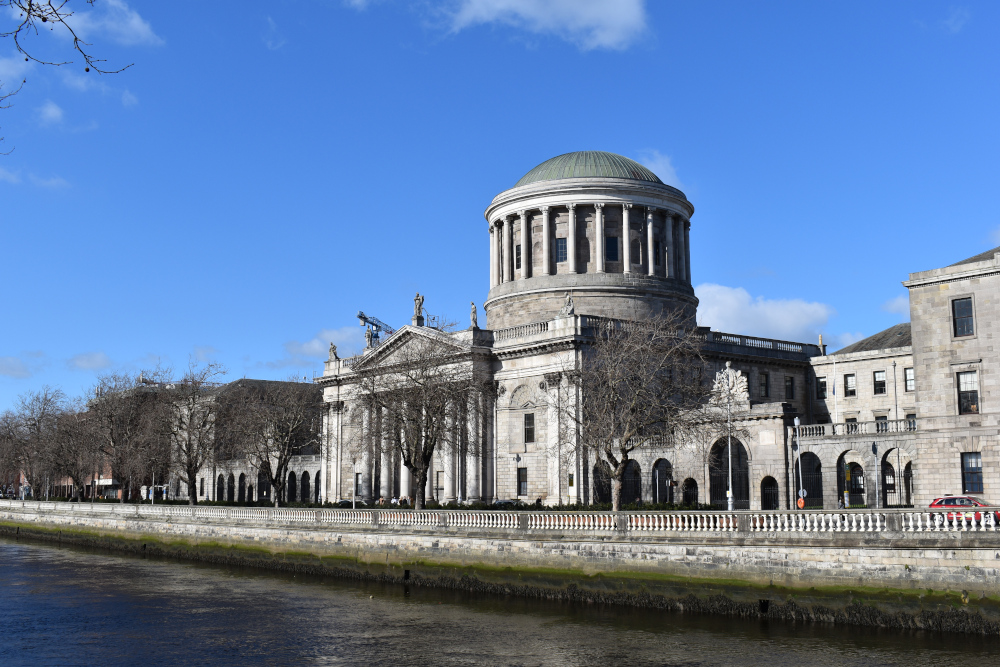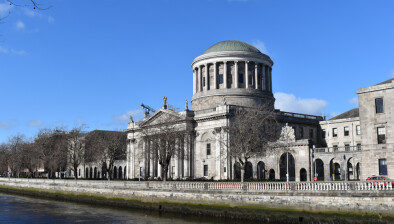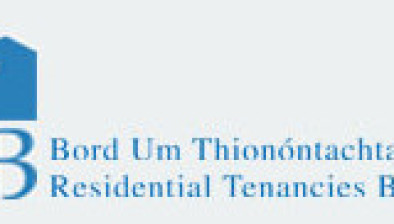High Court: Landlord could not benefit from exemption to RPZ rent restriction rules by remedying his own default

The High Court has determined that while the Residential Tenancies Board incorrectly interpreted the term “room” in the context of an exemption to Rent Pressure Zone rules, an appellant landlord could not avail of the exemption by converting a space previously unlawfully let as a bedroom into habitable accommodation.

About this case:
- Citation:[2025] IEHC 290
- Judgment:
- Court:High Court
- Judge:Mr Justice Garrett Simons
Delivering judgment for the High Court, Mr Justice Garrett Simons emphasised: “No landlord can rely upon works, which are necessary to remedy his own default in complying with the prescribed standards for rented accommodation, for the purpose of availing of an exemption from the rent restriction rules.”
Noel McGrath appeared for the appellant instructed by Capital Law Partners LLP and Mark William Murphy appeared for the respondent instructed by Byrne Wallace Shields LLP. The notice parties appeared as litigants in person.
Background
The notice party tenants challenged a Notice of Rent Review served on them by the appellant landlord on 20 October 2022.
Before a Tenancy Tribunal of the Residential Tenancies Board (RTB), the landlord sought to invoke an exemption under s.19(5) and (5A) of the Residential Tenancies Act 2004 from rent restriction rules otherwise applicable to a rent pressure zone (RPZ), where certain criteria are satisfied.
The landlord argued that he could benefit from the exemption as works had been carried out to his rental property which resulted in a permanent increase in the number of habitable rooms in the dwelling. In particular, the landlord suggested that works had been carried out rendering a room which he contended could only have been classed as a storage area, compliant with ventilation and fire safety requirements.
This argument was advanced notwithstanding that the area had been in use as a bedroom prior to the works.
The Tribunal determined that the difficulty for the landlord was that notwithstanding his alteration of the internal upstairs layout of the dwelling, there had been no increase in the actual number of rooms in the dwelling for the purposes of subsection (a)(iii)(III) and there was no reference to “habitable” rooms either before or after works are carried out.
Accordingly, the Tribunal found the notice to be invalid, and a determination order dated 12 June 2024 was notified to the parties thereafter. The landlord appealed to the High Court.
The High Court
Mr Justice Simons recognised that two points of law arose for determination — firstly, whether the term “room” is confined to an area intended for living or sleeping purposes or whether it also embraces an area intended for storage; and secondly, whether the area must be capable of being lawfully used in order to avail of the exemption from the rent restriction rules.
The RTB argued that a self-contained area with a ceiling, walls, floor and a door constitutes a “room” and that a “room” does not have to be meet minimum standards or be habitable to a particular degree or to have a particular function.
Having regard to the approach to statutory interpretation restated in, inter alia, Heather Hill Management Company v. An Bord Pleanála [2022] IESC 43, [2022] 2 ILRM 313 and Donegal County Council v. Quinn [2025] IESC 19, the High Court explained that “room” must be read having regard to the object of the legislation and the legislative significance attributed to there having been a permanent increase in the number of “rooms” in the dwelling.
The court noted that the term “room” appears in the part of the 2004 Act which regulates the setting of the rent under a tenancy and that the overarching principle is that the rent set for a tenancy must not be greater than the amount of the market rent, subject to a further rule which provides that a rent review may not normally occur more frequently than once in each period of 12 months and only incrementally by reference to an annual cap in a RPZ.
Mr Justice Simons further set out that as per s.19(5)(b) of the 2004 Act, where a substantial change in the nature of the accommodation provided under the tenancy has occurred, an exemption to the rent review rules is available, the concept of a “substantial change in the nature of the accommodation” being elaborated upon in s.19(5A) and being subject to the proviso that the works do not solely consist of works carried out for the purposes of ensuring that the dwelling’s structure complies with the Housing (Standards for Rented Houses) Regulations 2019.
The judge highlighted: “No landlord can rely upon works, which are necessary to remedy his own default in complying with the prescribed standards for rented accommodation, for the purpose of availing of an exemption from the rent restriction rules.”
Having regard to the scheme and legislative intent behind the provisions and the objective of the exemption, the High Court summarised: “The key term here is ‘accommodation’. Where the landlord seeks to rely on an exemption from rent restrictions by reason of a permanent increase in the number of rooms in the dwelling, then the additional room or rooms must form part of the ‘accommodation’. The term ‘accommodation’ is ordinarily understood as referring to an area available for living or sleeping purposes. It would not ordinarily be understood as describing mere storage space.”
Mr Justice Simons was satisfied that an increase in accommodation could occur as a result of the construction of an extension or by the conversion of areas not previously available as accommodation.
Turning to the second issue, the judge considered the approach taken by RTB which was that the building regulations and prescribed standards for rented accommodation were of no relevance to whether or not works resulted in a permanent increase in the number of rooms in the dwelling.
The court reasoned: “The logical terminus of this approach, reductio ad absurdum, is that a landlord could rely on the provision of substandard additional accommodation in order to avail of an exemption from the normal rent restriction rules. This would fail to reflect the plain intention of the legislature. It is apparent from the proviso under section 19(5A)(b) of the RTA 2004 that the Oireachtas was cognisant of the legal requirement imposed upon landlords under related legislation to meet minimum housing standards.”
Finding it apparent from s.12 and s.19 of the 2004 Act that a landlord is expected to comply with the prescribed standards relating to residential lettings, Mr Justice Simons opined that it would be anomalous if a landlord could rely on additional non-compliant accommodation to avail of the exemption, whereas a landlord who carries out works necessary to bring existing accommodation into compliance could not, and that it would undermine the legislative purpose to reward a non-compliant landlord with a significant benefit in terms of rent review.
The court concluded that the word “room” in this context means “a partitioned area which is available to be used lawfully for living or sleeping purposes in compliance with building regulations and the statutorily prescribed standards for rented accommodation” and that by virtue of the proviso under s.19(5A)(b), the carrying out of works to bring a partitioned area, which had previously been in use as a bedroom in breach of ventilation and fire safety requirements, into compliance could not be reckoned as resulting in an “increase” in the number of rooms.
In the circumstances, the High Court determined that the Tribunal erred in its interpretation of the statutory test for the assessment of whether or not “a permanent increase in the number of rooms” had occurred and in its finding that the Building Regulations were of no relevance to whether or not the works resulted in a permanent increase in the number of rooms.
However, the court noted that there was no evidence before the Tribunal to support a lawful finding that the relevant bedroom had been in breach of the Building Regulations and in those circumstances, even if the Tribunal had properly interpreted the exemption under s.19(5) and (5A), it could not have found, on the evidence before it, that the landlord was entitled to avail of an exemption and so there would be no useful purpose in remitting the matter to the Tribunal where the outcome would be the same.
Conclusion
Accordingly, the High Court found that while the landlord failed in his appeal, in circumstances where the RTB failed on the proper interpretation of the 2004 Act, its partial success would be reflected in the incidence of legal costs.
Doran v Residential Tenancies Board [2025] IEHC 290









